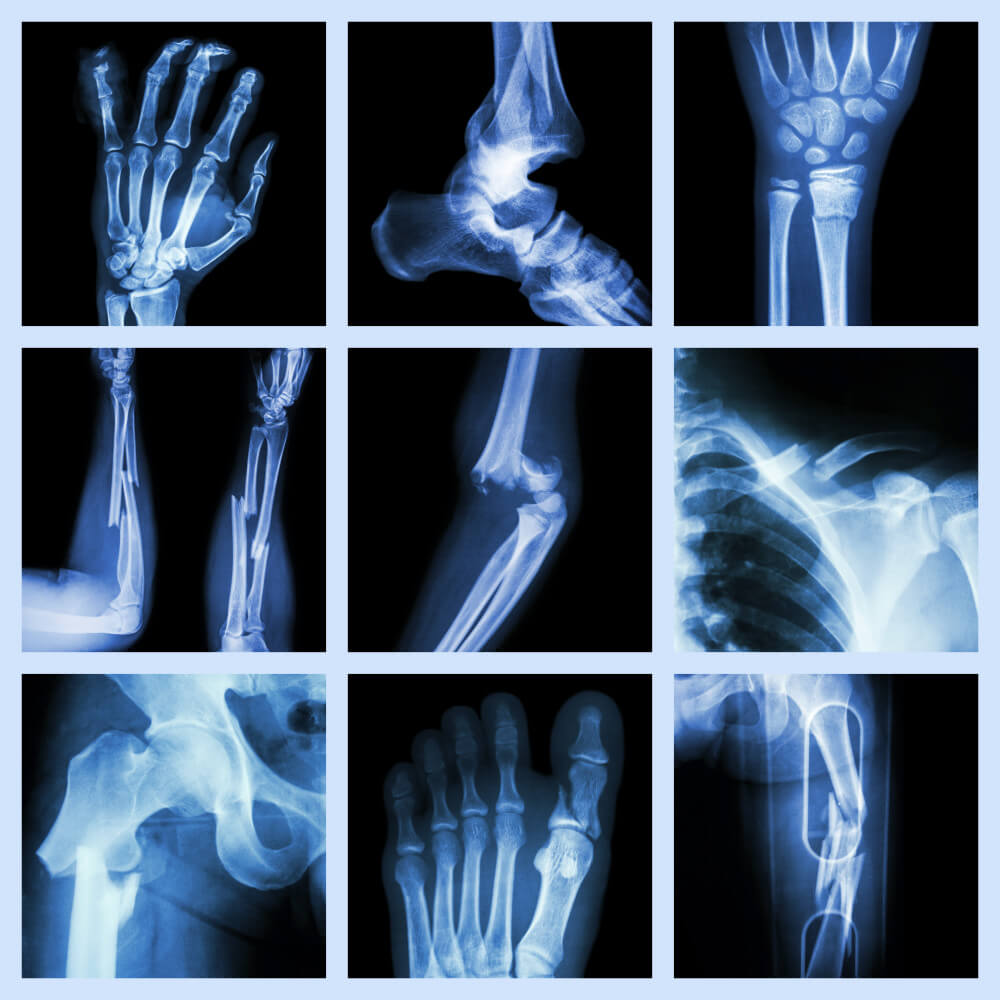Bone Fractures and Stem Cells
Most people will suffer a fracture at some point in their life and, thanks to modern medicine, they generally heal without any problems. Typically, bone fractures are expected to heal within 3 to 4 months. Problems can arise, however, when the bones show no sign of healing after 3-6 months; this is known as non-union.[1]
There are millions of fractures every year in the United States.[2] The incidence of non-union accounts for 1.9% of fractures, however, it is disproportionate in leg fractures, ranging from 5.4% to as high as 26% depending on the bone broken and the severity of the fracture.[3] The cost to the national health system of hip fractures alone was estimated at $5.96 billion in 2019 in direct medical costs.[4]
Bone Fracture Facts
- By 2050, the worldwide incidence of hip fracture in men is projected to increase by 310% and 240% in women [5]
- Worldwide, 1 in 3 women over age 50 will experience osteoporotic fractures, as will 1 in 5 men aged over 50 [5]
- Nearly 75% of all hip fractures occur in women [5]
- In 2010, the number of deaths causally related to bone fractures in the EU was estimated at 43,000 [5]
- In white women, the lifetime risk of hip fracture is 1 in 6, compared with a 1 in 9 risk of a diagnosis of breast cancer [5]
Bone Formation and Stem Cells
Researchers in Southampton have performed hip surgery using a 3D printed hip and bone stem cell graft. The hip implant was created using the patient’s CT scan and CAD CAM technology to create a tailor made hip from titanium. A graft containing the patient’s own stem cells was inserted between the pelvis and implant. The graft provides stem cells which will encourage bone regeneration in the area surrounding the implant allowing it to fuse together.[6]
Elsewhere, a team of researchers has developed a new strategy to combat the low survival rate of transplanted stem cells. Using porous transplantable hydrogels which have been embedded with stem cells the team has been able to improve the survival rate of the transplanted stem cells and improve bone repair, experimentally. Additionally, in animal experiments, the team has found that a void-forming hydrogel with the right properties provided better bone regeneration than the transplantation of stem cells alone. It was also found that the stem cells within the hydrogel amplified their regenerative efforts by stimulating surrounding native stem cells to execute bone repair.[7]
References
- http://patient.info/doctor/complications-from-fractures
- https://pmc.ncbi.nlm.nih.gov/articles/PMC10871608/
- https://pmc.ncbi.nlm.nih.gov/articles/PMC5499337/
- https://pmc.ncbi.nlm.nih.gov/articles/PMC6510469/
- http://www.iofbonehealth.org/facts-statistics
- http://www.southampton.ac.uk/news/2014/05/16-ground-breaking-hip-and-stem-cell-surgery.page
- http://wyss.harvard.edu/viewpressrelease/218/filling-a-void-in-stem-cell-therapy
- Nature materials, 15(3), 326–334. https://doi.org/10.1038/nmat4489
- Cell journal, 18(3), 302–309. https://doi.org/10.22074/cellj.2016.4557
The information contained in this article is for information purposes only and is not intended to replace the advice of a medical expert. If you have any concerns about your health we urge you to discuss them with your doctor.


